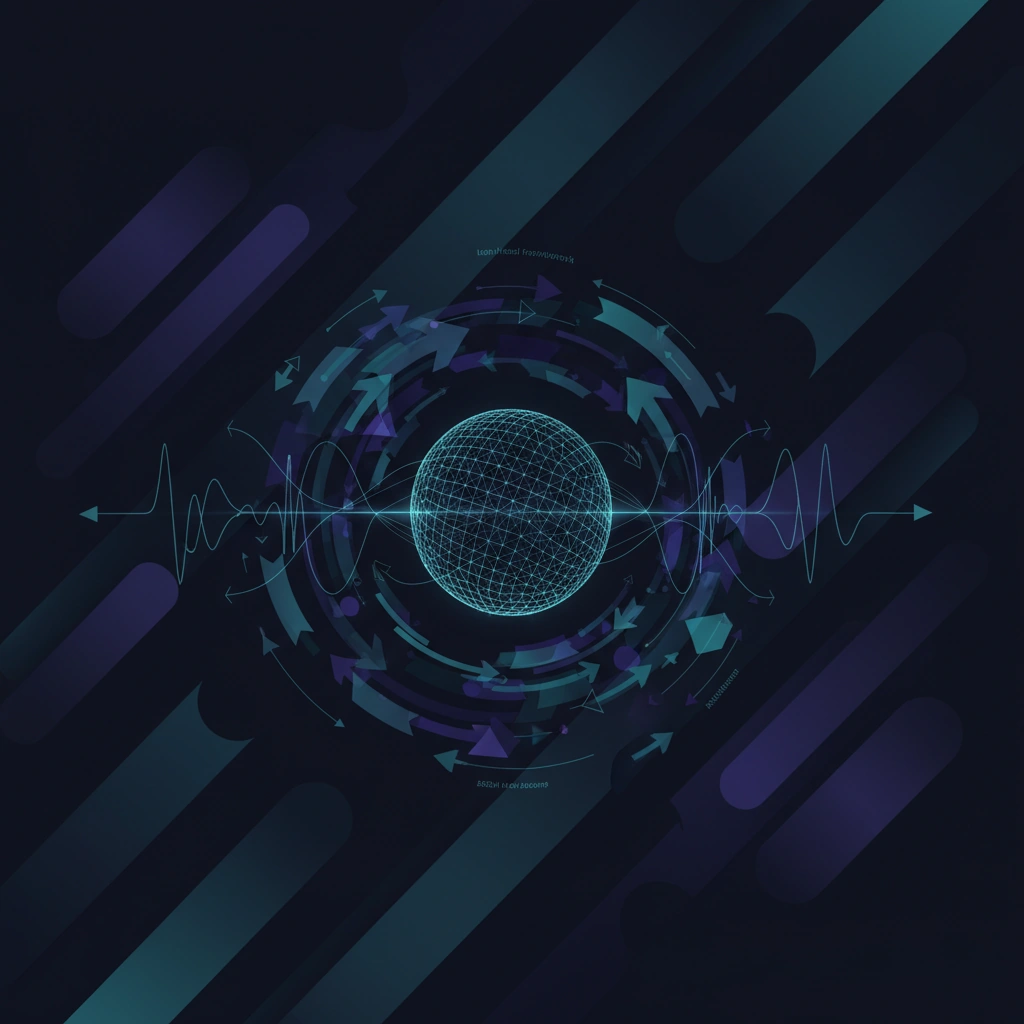Loss Functions and Optimizers: Neural Network Essentials
Deep dive into the mathematical foundations of neural network training: how loss functions measure model performance and optimization algorithms like SGD, Adam, and RMSprop guide learning through gradient descent.

Understanding how neural networks learn requires mastering two fundamental concepts: loss functions and optimization algorithms. These components form the mathematical backbone of training any artificial neural network, from simple classifiers to sophisticated generative models used in deepfake creation and synthetic media generation.
The Role of Loss Functions in Neural Networks
Loss functions serve as the compass guiding neural network training. They quantify the difference between a model's predictions and the actual target values, providing a single scalar value that represents model performance. The choice of loss function directly impacts what a network learns and how effectively it converges during training.
For classification tasks, cross-entropy loss dominates the landscape. Binary cross-entropy measures the performance of models outputting probabilities between 0 and 1, making it ideal for binary classification problems. Categorical cross-entropy extends this concept to multi-class scenarios, comparing predicted probability distributions against one-hot encoded true labels. These loss functions leverage logarithmic properties to heavily penalize confident wrong predictions.
In regression contexts, mean squared error (MSE) and mean absolute error (MAE) take center stage. MSE squares the differences between predictions and targets, making it sensitive to outliers but providing smooth gradients for optimization. MAE uses absolute differences, offering more robustness to outliers but potentially causing training instabilities due to non-differentiability at zero.
Advanced applications like generative adversarial networks (GANs) employ specialized loss functions. The adversarial loss pits a generator against a discriminator, creating the competitive dynamics that enable realistic synthetic media generation. Understanding these loss landscapes is crucial for anyone working with AI video generation or deepfake technology.
Gradient Descent: The Foundation of Optimization
Optimization algorithms determine how neural networks traverse the loss landscape to find optimal parameters. At the core lies gradient descent, which updates network weights by moving in the direction opposite to the gradient of the loss function. The learning rate hyperparameter controls the step size of these updates, balancing training speed against convergence stability.
Three primary variants of gradient descent exist: batch gradient descent computes gradients using the entire dataset, providing stable but computationally expensive updates. Stochastic gradient descent (SGD) uses single samples, enabling faster iterations but introducing noise. Mini-batch gradient descent strikes a middle ground, computing gradients over small batches to balance computational efficiency with update stability.
Advanced Optimization Algorithms
Modern deep learning rarely uses vanilla gradient descent. Momentum-based optimizers accumulate velocity from previous gradients, helping navigate ravines in the loss landscape and accelerating convergence. This technique proves particularly valuable when training deep architectures where gradients can vary significantly across layers.
Adam (Adaptive Moment Estimation) has become the default optimizer for many practitioners. It combines momentum with adaptive learning rates for each parameter, computing first and second moment estimates of gradients. Adam automatically adjusts learning rates based on gradient history, making it robust across diverse architectures and datasets. Its effectiveness in training transformer models and diffusion models has cemented its position in modern AI development.
RMSprop addresses the diminishing learning rate problem in AdaGrad by using an exponentially decaying average of squared gradients. This prevents the learning rate from becoming infinitesimally small during prolonged training, maintaining the optimizer's ability to explore the parameter space effectively.
Practical Implications for AI Video and Synthetic Media
The choice of loss function and optimizer directly impacts the quality of synthetic media generation. Video synthesis models like Stable Video Diffusion or Runway's Gen-2 rely on carefully crafted loss functions that balance perceptual quality, temporal consistency, and computational efficiency. Perceptual loss functions, which compare high-level features rather than pixel values, have proven essential for generating realistic video content.
Training stability becomes paramount when working with generative models. Techniques like gradient clipping prevent exploding gradients that can destabilize training, while learning rate scheduling gradually reduces step sizes to fine-tune convergence. These considerations become critical when training models for deepfake detection, where subtle features must be learned without overfitting to training artifacts.
Hyperparameter Tuning and Training Dynamics
Successful neural network training requires careful hyperparameter selection. The learning rate remains the most critical parameter—too high causes divergence, too low results in painfully slow convergence. Batch size affects both training speed and generalization, with larger batches providing more stable gradients but potentially reducing the model's ability to escape sharp minima.
Regularization techniques like weight decay (L2 regularization) can be incorporated directly into optimizers, penalizing large weights to improve generalization. This becomes particularly important when training models for digital authenticity verification, where overfitting to specific datasets can compromise real-world detection capabilities.
Understanding these fundamental concepts provides the foundation for working with any neural network architecture, from simple classifiers to cutting-edge generative models powering the next generation of AI video technology.
Stay informed on AI video and digital authenticity. Follow Skrew AI News.



